 SHANGRALA'S
SHANGRALA'S
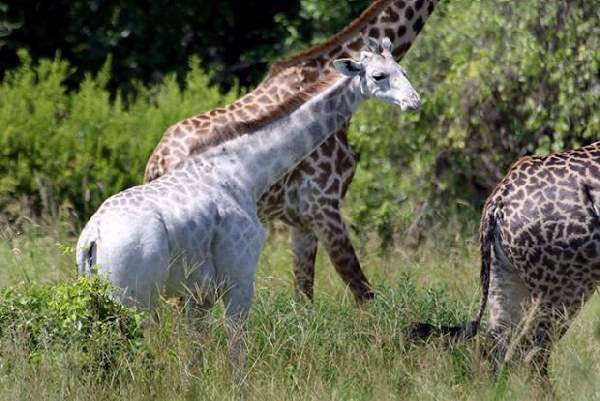
RARELY
SEEN
CRITTERS!

Nature has given animals a wide variety of distinctive colors that we can all
immediately recognize. Many of these colors and patterns have become iconic
in their own right, and have even influenced human fashion and design.
However, with nature being nature, it occasionally throws us a surprise.
Rare genetic conditions have given these animals colors which make them
stand out from the crowd in the most beautiful of ways. Enjoy! :)
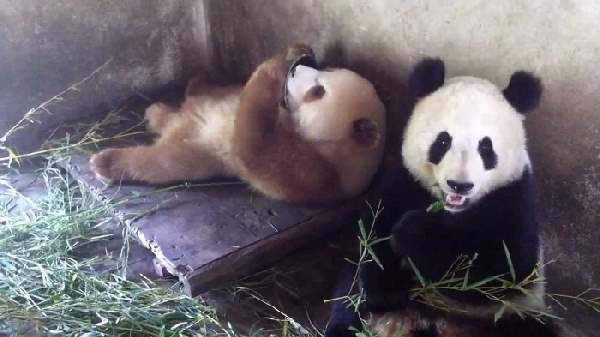
Pandas have one of the most famous and distinctive colored coats in the animal
kingdom, and it's one that has enchanted humans for centuries. However, it
isn't always black and white in the panda world. In one remote region of China,
lives a small number of special pandas with brown fur. It is believed that the
color of their coat has come from a combination of diet and generations of
genetic mutations. Brown pandas are very rarely spotted in the wild, although
there are examples in captivity.

Pink dolphins look like they swam straight out of a children's fairy-tale, but
they are real and take on this hue due to albinism. This mutation can occur
across most dolphin species. Some are more pink than others, with the most
brightly-colored examples offering a fantastically unique sight.

Meet Venus, the incredible Chimera Cat with two faces. The unusual coloring comes
from a condition called chimerism, which occurs when two distinct genetic cells
exist in one single organism. As well as one half of the face being black,
and the other half being ginger, Venus has one blue eye and one yellow. She
is something of a celebrity and even has her own webpage.

Albinism is a congenital condition, characterized by a lack of pigment in the skin,
hair and eyes. It exists across numerous species, including humans. It is very rare
in large primates. This albino gorilla, called Snowflake, lived most of his life in
Barcelona Zoo, fathering 22 offspring before his death in 2003. All the hair on
his body was completely white.
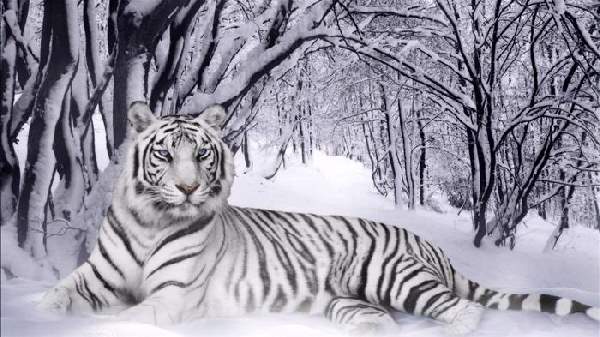
White tigers are one of the most majestic and beautiful animals in the world,
famed for their icy coloring and piercing eyes. They have a pigment variation
in comparison to the more commonly-colored Bengal tiger, but are not albinos.
Just as humans can have blonde hair or brown hair, white tigers are simply
a variation - one we can all be thankful for.
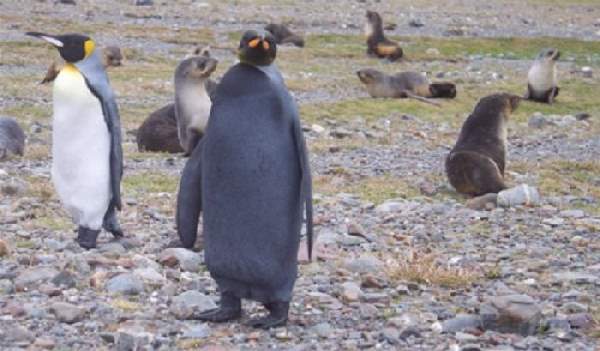
This penguin looks like he forgot to put his apron on in the morning, but he is
actually the result of a very rare genetic quirk. In fact, it is so rare that only
one black penguin has ever been spotted. Since this one was photographed by
National Geographic, they have appealed for more sightings of all-black penguins
and asked the public to post their own evidence of this extremely rare variant of
an iconic species.
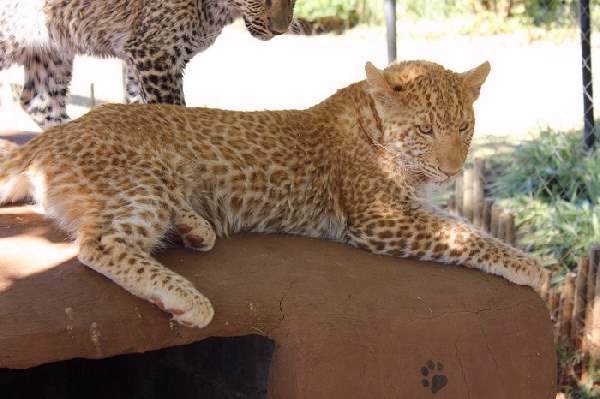
A leopard never changes its spots, as the old saying goes, but this one looks like
he has. There are only two known 'strawberry' leopards in existence, and they
display stunning ginger spots rather than the black coloring standard in their
species. It is believed that they get their unusual spots from a rare condition
which stems from an overproduction of red pigment, but it makes them look
particularly special.
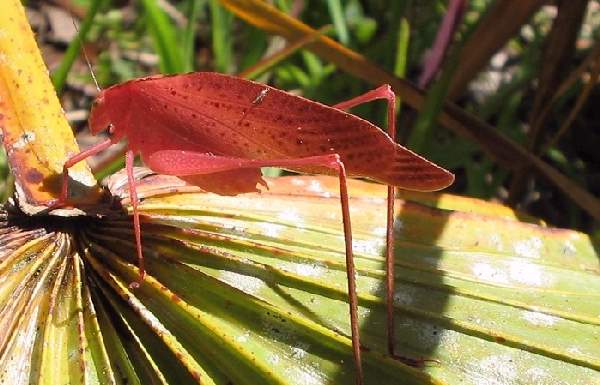
Crickets and stick insects are known for their ability to blend into their green
surroundings, but this one may find camouflage rather difficult, unless he happens
to be in a raspberry field! The ultra-rare, pink katydid gets its color from the
same disorder that has given us strawberry leopards, and although it makes them
look spectacular, it isn't particularly practical given that it makes them very
visible fodder for passing predators!
|
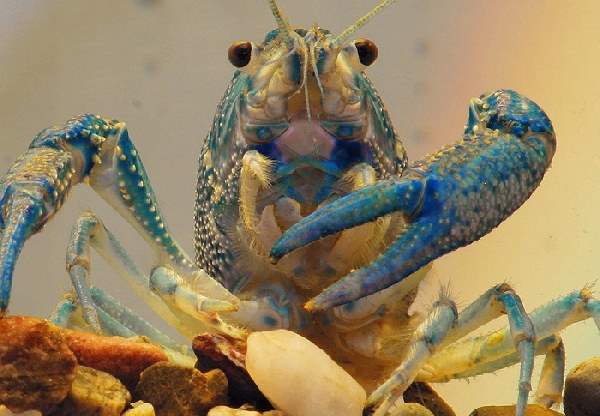
Blue Lobsters are the result of a genetic mutation that infuses them with a large
amount of a particular protein, giving their exoskeletons a bizarre blue color
rather than the familiar red. It is not as rare as some of the other mutations
discussed in this list, with over 2 million blue lobsters estimated to be in
existence. Their color often saves them from the human cooking pot so it's a
little more useful than the pink is to the katydid!
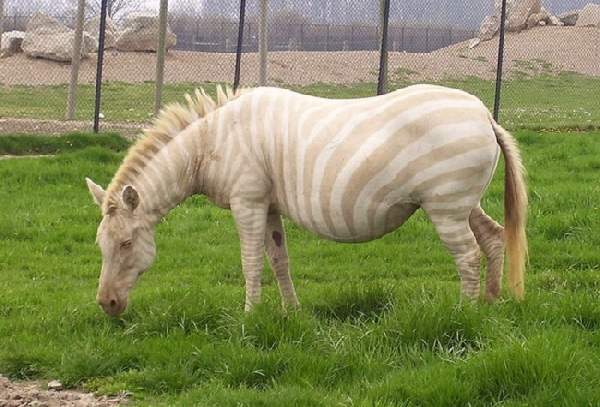
This zebra is one of very few examples in existence in the world and has light,
gold stripes rather than black. Aptly, named the 'golden zebra', she is not an
albino, but has a similar pigmentation mutation caused by a condition called
amelanism. She looks like she has stepped out of a fantasy world and you have to
wonder whether she realizes just how special she really is!
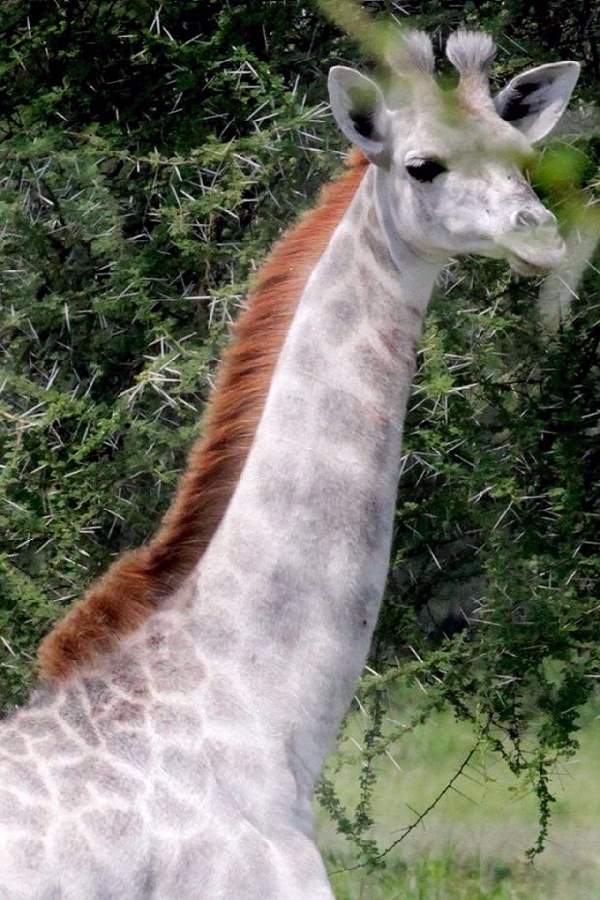
Here is a beautiful white giraffe. This is not an albino but again, a most
rarely seen beauty.

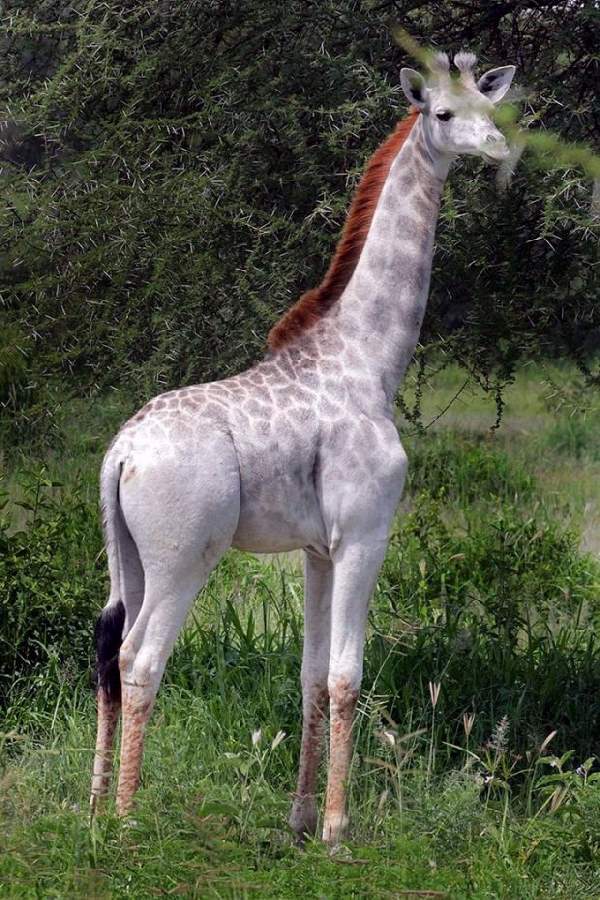

Extremely shy, he is a rarity in Arizonia - caught here by Jonathan hunting
the bottom of the Desert Boom along the banks of the Upper Verde River. He
is supposed to live only along the ocean shores of California.
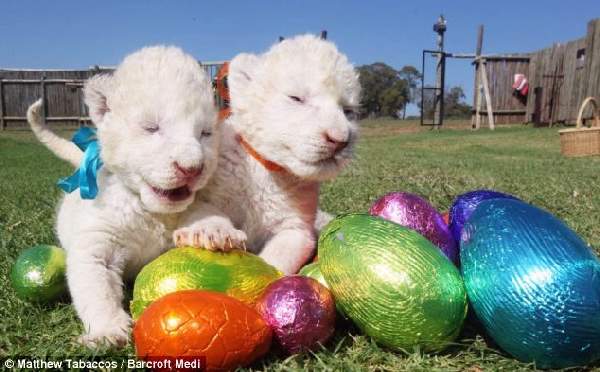
These rare white lion cubs are two of just 50 in their native country of
South Africa.

Baby white lion cubs just four days old play with Easter eggs at the Lion Park
in Johannesburg, South Africa.
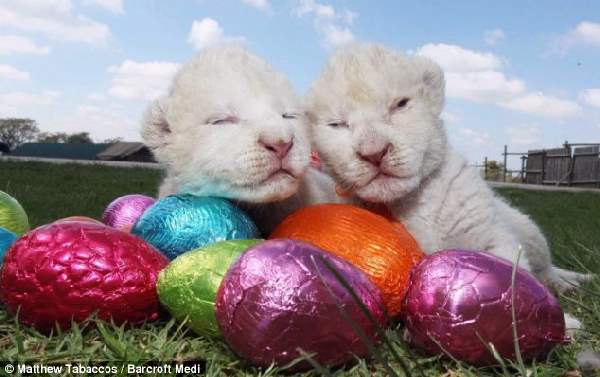
White Lions are not albinos, but a genetic rarity unique to the Timbavati region.
Like blue eyes in humans, the animals' white colour is caused by a recessive gene
shared by both parents. The earliest recorded sighting of white lions in the
Timbavati region was in 1938. However, the oral records of African elders indicate
that these unique animals survived in this region for many centuries. Since their
discovery white lions have been hunted, and forcibly removed from their natural
endemic habitat.

The white lion species is endangered because their light coats make it harder for
them to camouflage. The last white lion was seen in the wild in 1994, after which
time they were technically extinct in the wild. The Johannesburg Lion Park has
specialised in breeding programmes designed to discourage the inter-breeding of
the white lion and have agreements with other white lion breeders to ensure
genetic integrity.
They are regarded as sacred animals by the people of that region, but after
Europeans 'discovered' them in the 1970s, many were taken from the wild to
captive breeding and hunting operations. These removals, along with lion culling
and trophy hunting of male lions, depleted the gene pool and the animals have
been technically extinct in the wild for the past 19 years.
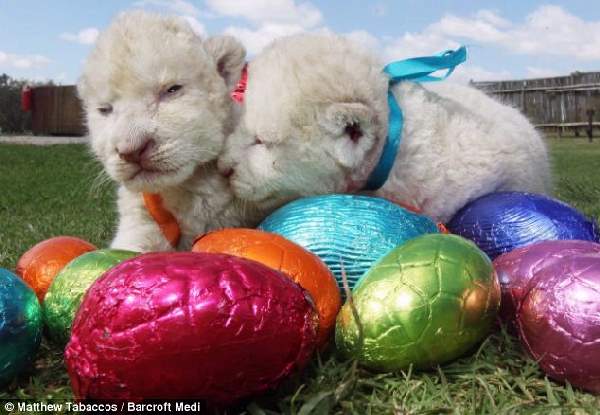
These adorable White lions are extremely rare and native only to the Greater
Timbavati region of South Africa, an area with sandy riverbeds and long grass
scorched pale by the sun.
|


Share With Your Friends! :)


^BACK To TOP^
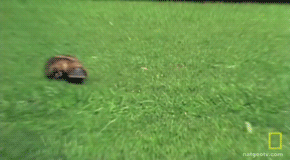
For those of you who Want More FUN - Visit The Shangy Fun List! Variety is the
spice of life! The Shangy Fun List is an ezine packed full of Poems, Inspirational and
Heart Warming Stories. Jokes from G to slightly R, and Anything else that just
might make you SMILE! Join In The Free FUN!! ... :)
Yes! Click Here To GO TO THE ARCHIVES!-


Like This Page?
If you are looking for more, here are some good places to start:

Hybrid Big Cats!-
Rare Exotic Cats!-
Beautiful Wolves!-
Real Angry Birds!-
Invisible Animals!-
Only In Australia!-
Great White Shark!-
Dangerous Critters!-
Bobcat On A Cactus!-
Albino Hummingbird!-
Endangered Primates!-
Penguin Rescue Story!-
Odin The White Tiger!-
World's Largest Bunny!-
Animal Family Portraits!-
Underwater Life Of Eila!-
Cute Australian Wildlife!-
Amazing Albino Animals!-
Wild Kisses And Snuggles!-
Scientists Unveil New Species!-
A-Z Animated Picture Images!-


 -To SHANGRALA-
-To SHANGRALA-
THANKS Goes To LINDA, KAREN FRANKLIN And GENIANN For Sharing This With Us.

Copyright © 1996 Netscape Communications Corporation. Mozilla is
a trademark of Netscape Communications Corporation.
Note: This is an Unofficial God, Jesus Christ, Family, & Cartoon Fan Site.
© All graphics representing Disney characters are copyrighted by Disney.
Likewise all other graphics & music Copyright © by their own Individual Artists.
I do not own any graphics on this site. If you do, please notify me
and I'll give
you proper credit, a link, or remove it immediately according to your wishes.
~*~ Copyright © 1997-2016 Elrhea M. Bigham ~*~
 SHANGRALA'S
SHANGRALA'S


![]()

![]()


![]()
![]()



 -To SHANGRALA-
-To SHANGRALA-
![]()

















